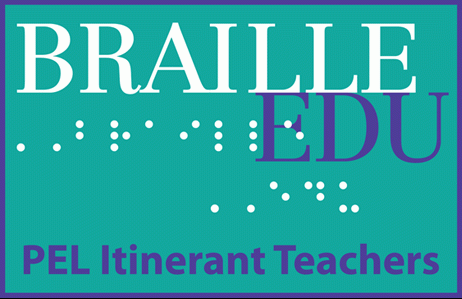Menu
Preliminary knowledge is essential: The young learner will need educators/parents to provide and create opportunities for exposure and exploration, time and guidance in play, discussion and sharing of vocabulary associated with what they are being exposed to.
The following is a list of areas that can and should be part of the child’s daily learning.
- Language development: sound discrimination, intonation, introducing and sharing vocabulary, listening to and sharing stories and braille books, with peers, family and educators.
- Tactile and sensory discrimination using hands and other senses, (olfactory, hearing, touch and taste).
- Motor sensitization and control: exercises to strengthen fine motor skills for braille readiness.
- Exploration and exposure to items in the environment: toys, books, clothes, household items etc.
Creating a Braille Teacher’s Toolkit with a variety of materials for the new braille learner can be used by any educator, aide, teacher or parent of the visually impaired student. As referred to in Anna Swenson’s, Beginning with Braille, some examples from the Essential Supplies for Teaching Beginning Braille. (Swenson, 1999, pp.21-22).
- Graphic art tape or graphic charting tape, such as Form-A-Line or Letraline Flex-a-Tape for making instant raised lines.
- Double-sided tape or glue
- Wikki Stix: stiff, waxed cords that stick to paper- for creating quick tactile pictures.
- Sandpaper for making quick raised-line drawings
- Various sizes of Braille paper for various types of writing activities
- Small containers or baskets for sorting flash-cards
- Clipboard, snack tray, or lapboard for reading while seated on the floor
